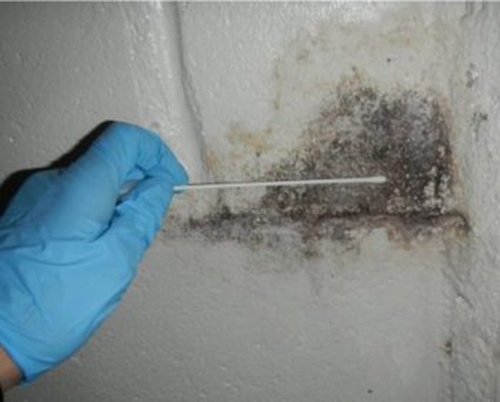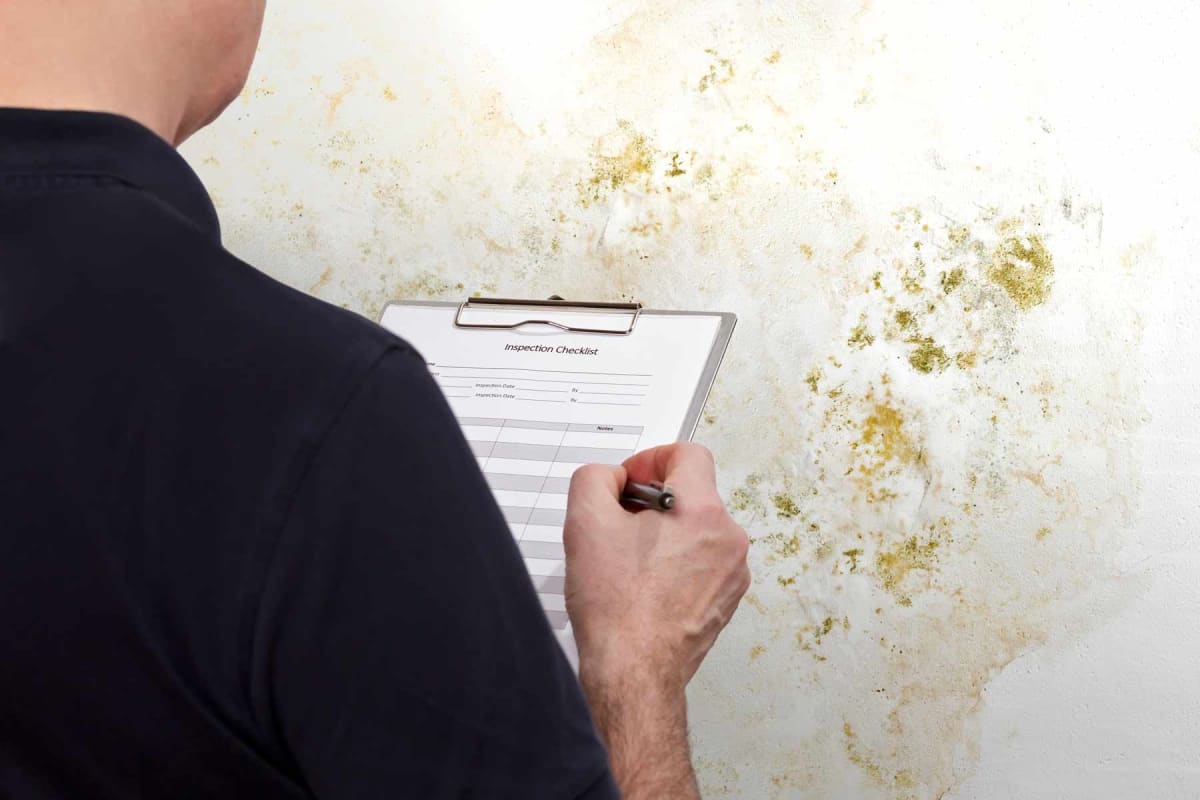Your Ultimate Guide to Blog Post Mold Remediation Techniques
Navigating the world of post-mold remediation strategies is a careful procedure that requires interest to detail and a detailed understanding of the complexities included. In the aftermath of mold and mildew problem, understanding exactly how to efficiently eradicate the mold and mildew and stop its reoccurrence is paramount for keeping a healthy interior environment. From choosing the ideal cleansing and sanitizing methods to executing strategies for long-lasting mold avoidance, each step in the removal trip plays an essential duty in making certain a successful outcome. As we get started on this exploration of post-mold remediation methods, we will certainly discover the key strategies and ideal practices that can assist you restore your space to its pre-mold problem and secure it against future mold threats.
Comprehending Post-Mold Removal Process
After completing the mold remediation process, it is important to comprehend the post-mold removal techniques that are required to guarantee a reliable and thorough cleaning. When the mold and mildew has actually been eliminated, the following action includes cleansing and decontaminating the impacted areas to avoid any regrowth of mold. This consists of making use of specialized cleansing representatives to clean down surfaces and kill any continuing to be mold spores. It is important to dry out the area completely to prevent the growth of mold in the future (After mold remediation). Correct ventilation and dehumidification can assist in this process.
Moreover, performing a final assessment post-remediation is essential to guarantee that all mold has actually been efficiently gotten rid of. If the assessment reveals any kind of lingering mold and mildew, extra remediation might be needed.
Effective Cleaning Up and Sanitizing Approaches

Preventing Future Mold And Mildew Development

Importance of Correct Ventilation
Correct ventilation plays a crucial role in avoiding wetness build-up, a key element in mold and mildew growth within interior atmospheres. Efficient ventilation systems aid get rid of excess moisture from the air, decreasing the opportunities of mold and mildew spores locating the moisture they require to spread out and germinate. Without appropriate ventilation, indoor areas can come to be a breeding place for mold and mildew, causing possible health and wellness threats and architectural damage.
By guaranteeing correct air blood circulation, ventilation systems can also aid in drying moist locations faster after water damage or flooding events, further hindering mold and mildew development. Post Mold Remediation. Precede like restrooms, cellars, kitchens, and attics where wetness degrees often tend to be higher, setting up and preserving effective ventilation systems is critical in protecting against mold infestations

Monitoring and Upkeep Tips
Provided the vital function that correct ventilation plays in avoiding mold and mildew growth, it is crucial to establish reliable monitoring and maintenance tips to make sure the ongoing functionality of ventilation systems. Routine assessments of ventilation systems should be carried out to inspect for any signs of blockages, leaks, or malfunctions that could hinder correct airflow. Monitoring humidity degrees within the property is additionally critical, as high humidity can add to mold and mildew growth. Mounting a hygrometer can aid track humidity degrees and alert homeowners to any spikes that might need interest. In addition, guaranteeing that air filters are regularly cleaned or replaced is important for keeping the efficiency of the ventilation system. Applying a routine for routine upkeep tasks, such as duct cleansing and heating and cooling system examinations, can assist prevent issues before they rise. By staying aggressive and attentive to the problem of air flow systems, building owners can properly minimize the threat of mold and mildew regrowth and keep a healthy interior environment.
Verdict
In verdict, post-mold remediation techniques are important for guaranteeing a risk-free and tidy atmosphere. Understanding the procedure, implementing efficient cleaning and sanitizing approaches, avoiding future mold development, keeping proper ventilation, and routine monitoring are all crucial actions in the remediation procedure. By following these guidelines, you can successfully get rid of mold and mildew and stop its return, working or promoting a healthy and balanced living space for all owners.
In the results of mold problem, recognizing exactly how to effectively remove the mold and stop its reoccurrence is visit the website extremely important for maintaining a healthy indoor setting. When the mold has been eliminated, the following action includes cleaning and sanitizing the influenced areas to avoid any kind of regrowth of mold and mildew - what to do after mold remediation. After eliminating visible mold growth, it is crucial to clean all surface areas in the damaged area to get rid of any type of staying mold spores. To even more improve visite site mold avoidance actions, it is important to attend to underlying issues that originally led to mold advancement.Offered the critical role that appropriate ventilation plays in stopping mold growth, it is essential to develop effective tracking and maintenance tips to guarantee the ongoing performance of ventilation systems